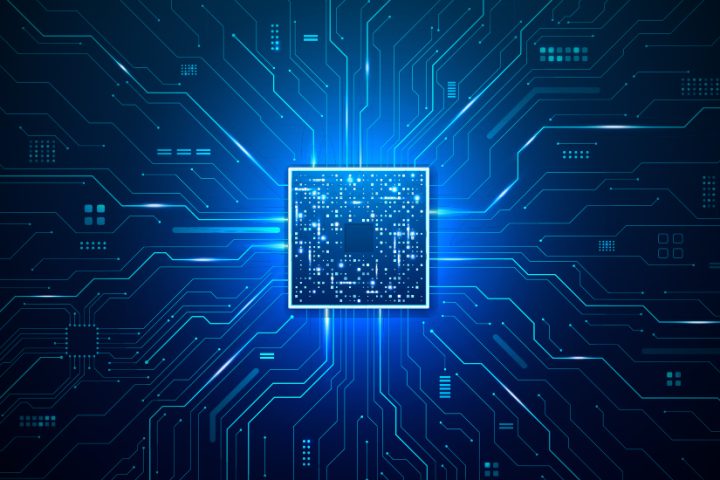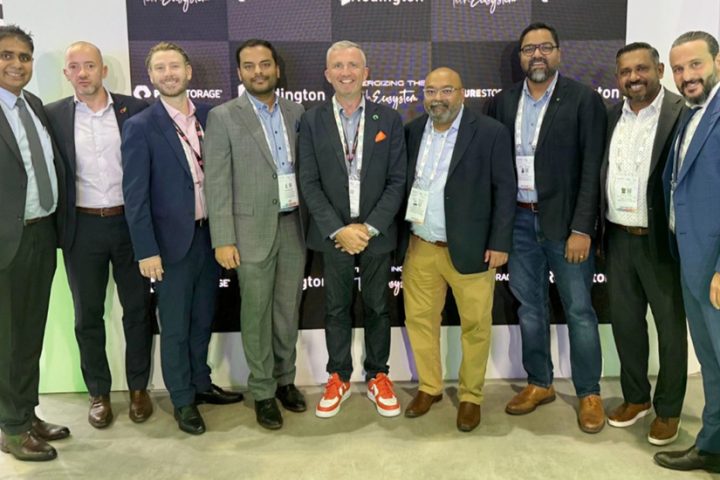As recently as 20 years ago, anyone bringing up the topic of Artificial Intelligence (AI) in a business setting would be met with peels of laughter. Even a decade ago, the notion of intelligent systems driving important decisions would cause an awkward shuffling of feet. Are we ready? How much will it cost? Will our expectations be met?
Today, AI is a leading character in the drama of the Fourth Industrial Revolution. In many ways it has evolved from a dark spectre, automating processes and displacing workers, to an economic and operational boon, set to create safer, less stressful workplaces.
The World Economic Forum (WEF) tells us that for every technology job created, 4.3 more jobs are generated across other industries and income groups and that AI alone will be responsible for a net creation of 60 million jobs by 2022. That benefit will be felt most keenly in geographies most at risk from automation. In its report “The Twin Threats Of Aging And Automation”, consultancy firm Oliver Wyman singles out the GCC workforce as being particularly under threat. This is not only because of older populations, but because economies in the region are loaded with industries that are eminently automatable—petrochemicals, manufacturing and construction spring to mind.
Applications abound
However, this is not news to governments here. They have been among the first to embrace AI as a positive force, and the education sector is showing renewed vigour in the promotion of STEM skills. In addition, the UAE became the first country to appoint a minister of state to oversee AI.
Healthcare, the automotive sector, gaming and even education itself can all benefit from AI. Intelligent systems can help manufacturers offer predictive maintenance to customers, ensuring that faults in machinery are identified and repaired before they lead to downtime. This marriage of the Internet of Things (IoT) and machine learning (ML) is vital in the introduction of servitisation business models, where customers who used to buy an asset, now lease a capability instead. Financial Service Industry (FSI) entities can use powerful predictive models to target investment decisions with laser-like accuracy. And retailers can build 360-degree views of customers and personalise marketing campaigns as never before.
But AI, and all the gifts it bestows, could never see the light of day without a little-known backend engine that makes possible the extraordinary performance levels required to make the technology viable. High-performance computing (HPC) is in its ascendancy at a time where we increasingly speak of TOPS (tera operations per second) instead of FLOPS (floating-point operations per second). Decades of arduous research, refinement and application have brought HPC into the mainstream, offering software architects the option of supercharging their applications.
A net creator
HPC and AI will generate a flurry, not of displacement, but of upskilling and reskilling. Workers will not leave their jobs, but be able to do them better, with less effort and in more comfort. They will move from factory floors to sedate control rooms. Meanwhile, the next generation of workers―rather than snapping at the heels of older colleagues—will train to build the hardware and software that makes their lives easier.
This is how industrial revolutions work. If you consider a generational progression in, say the agriculture industry, first the earth is tilled with the hands, then with handheld tools, next with horse-drawn tools, then with tractors. Someday, robots may take up the mantle. But is the land strewn with out-of-work farmers? No. Some still do the work of their ancestors; others are making the ploughs, pesticides and machinery that have managed to increase global per-hectare crop yields so dramatically.
This is what AI does, but to make it work, careful thought must be given to the HPC architecture that supports it. It is one thing to develop that revolutionary application, but platforms offered by Google and Microsoft only go so far in the implementation cycle. When integrating the app into an existing infrastructure, HPC is indispensable. It brings together hardware and software to optimise resource consumption for potent scalability and performance delivery.
HPC’s role in the future
Whenever you think back to the days of IBM supercomputers, you think of exclusivity and astronomic expense. Today, such deployments are much more common in the mid-range commercial space. They have become the engines of human discovery, turbo-charging progress in the fields of medicine, science and engineering. They are integral to curing cancer and uncovering the origins of our world and the universe itself.
HPC lends itself naturally to AI and ML applications, which typically require churning through a lot of data, very quickly. Efficiency is of paramount importance, and that’s what HPC provides. As medical science progresses, AI is being used to diagnose patients, offer treatment plans and prescribe medication, all in a matter of seconds. Manufacturers need to quickly build predictive models from historic data that will allow them to react ahead of time to breakages. And computing environments―both private and public—are increasingly under the protection of complex pattern-matching applications that alert administrators to suspicious behaviours that may be malicious. HPC and AI are working together to save lives, protect digital assets and cut corporate costs.
As the Arab Gulf region continues to enhance enterprise-level performance, HPC will continue to underpin everything AI does. The workforce must upskill and reskill into HPC and AI roles to support this sea change in computing and help bring new prosperity to the GCC.














